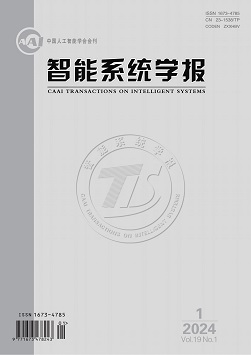公告信息
2013年网络计算与信息安全国际会议征文通知
发布人:mall 发布时间:2013/3/25 2:01:29 浏览次数:3855次
The 2013 International Conference on Network Computing and Information Security (NCIS'13) and the 2013 International Conference on Multimedia and Signal Processing (CMSP'13) will be jointly held at Guiyang, China in September 20-22, 2013. NCIS'13- CMSP'13 aims to provide a high-level international forum for scientists and researchers to present the state of the art of Network Computing, Information Security, Multimedia, Image, Video and Signal Processing, with their applications for addressing world problems of various kinds. NCIS'13- CMSP'13 is multi-disciplinary in which a wide range of theory and methodologies are being investigated and developed to tackle complex and challenging problems.All accepted papers will appear in conference proceedings published by the Springer CCIS(All accepted papers at NCIS'13- CMSP'13 are indexed by EI and ISTP). Selected good papers will appear in SCI/EI indexed international journals, such as the Journal of Web Engineering, Journal of Computational Information Systems, Journal of Network & Information Security, Journal of Pattern Recognition & Image Processing.http://ncis-cmsp2013.gznu.edu.cn/Guiyang is the capital of Guizhou province of Southwest China. It is located in the centre of the province, situated on the east of the Yunnan–Guizhou Plateau, and on the north bank of the Nanming River, a branch of the Wu River. The city has an elevation of about 1,100 meters. It has an area of 8,034 square kilometers. Its population is 4,324,561 at the 2010 census whom 3,037,159 live in the built up area made of 7 urban districts.The city was first constructed as early as 1283 AD during the Yuan Dynasty. It was originally called Shunyuan, meaning obeying the Yuan (the Mongol rulers).Originally the area was populated by non-Chinese. The Sui Dynasty (AD 581–618) had a commandery there, and the Tang dynasty (618–907) a prefecture. They were, however, no more than military outposts, and it was not until the Yuan (Mongol) invasion of southwest China in 1279 that the area was made the seat of an army and a "pacification office." Chinese settlement in the area also began at that time, and, under the Ming (1368–1644) and Qing (1644–1911) dynasties, the town became the seat of a superior prefecture named Guiyang.Locally Guiyang was an important administrative and commercial center with two distinct merchant communities, consisting of the Sichuanese, who lived in the "new" northern part of the city, and those from Hunan, Guangdong, and Guangxi province, who lived in the "old" southern part. Nevertheless, until the Sino-Japanese War (1937–45), Guiyang was no more than the capital of one of China's least-developed provinces. As elsewhere in the southwest, considerable economic progress was made under the special circumstances of wartime. Road transport infrastructure with Kunming in Yunnan province and with Chongqing in Sichuan (China's wartime provisional capital) and into Hunan were established. Work was begun on a railway from Liuzhou in Guangxi, and after 1949 this development was accelerated. Guiyang has subsequently become a major provincial city and industrial base. In 1959 the rail network in Guangxi was completed, allowing seamless connection from Guizhou to Chongqing to the north, to Kunming to the west, and Changsha to the east.


